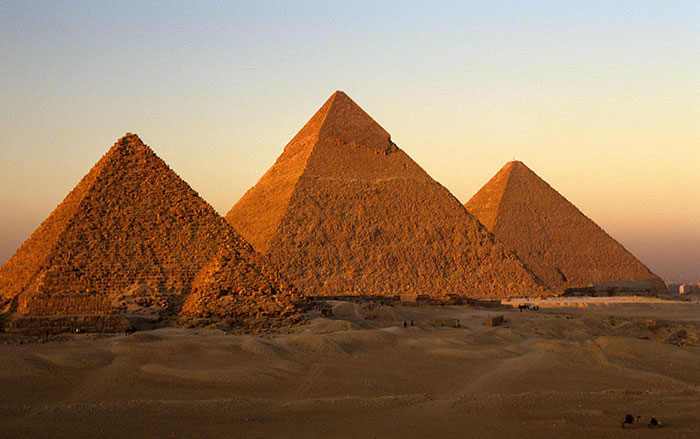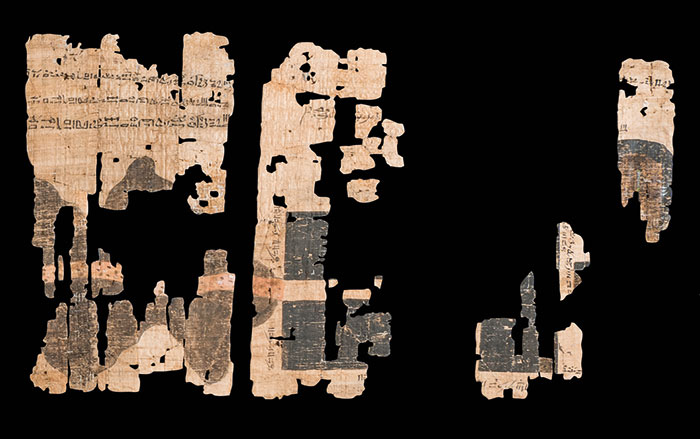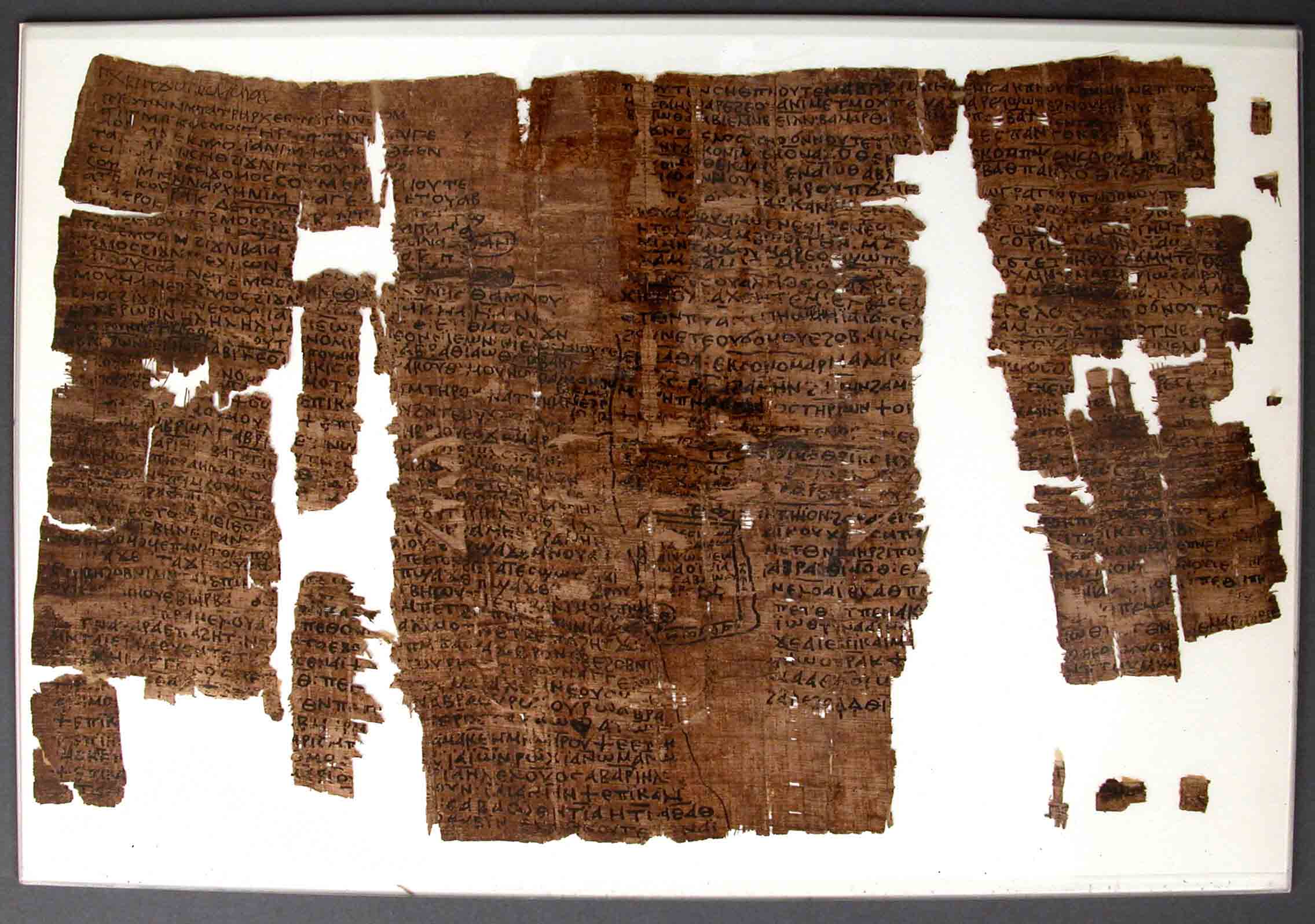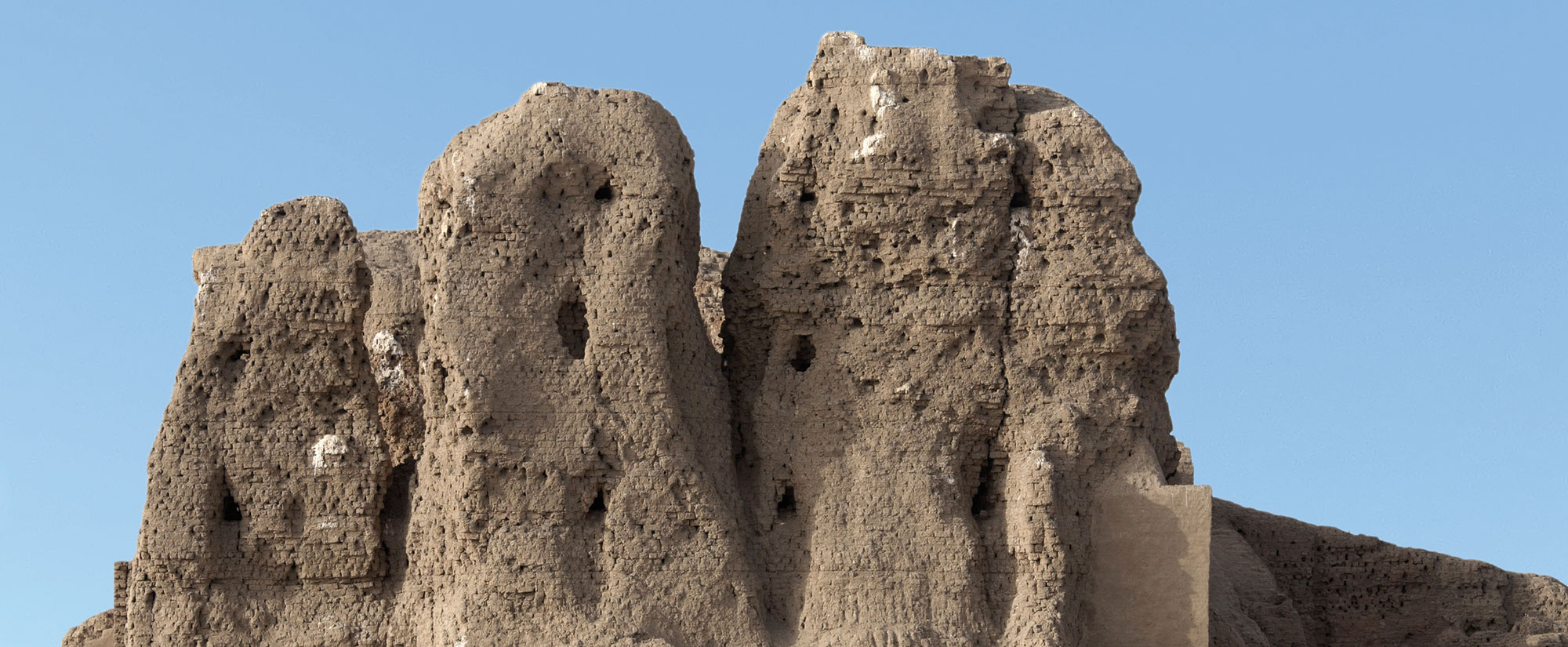
GRENOBLE, FRANCE—Cosmos Magazine reports that a team of chemists, physicists, and Egyptologists from the University of Copenhagen and the European Synchrotron Radiation Facility used advanced X-ray microscopy equipment to analyze the chemical composition of the ink markings found on papyrus fragments from Egypt’s ancient Tebtunis temple library. The study suggests that as early as A.D. 100, the ancient Egyptians added lead to the ink to help it to dry. The lead is not thought to have been used as a pigment because only one type of lead was detected in the inks. It had been previously thought that this technique was first employed by Renaissance painters in the fifteenth century. Egyptologist Thomas Christiansen of the University of Copenhagen said that the priests in charge of the temple library probably acquired such complex ink from specialists or oversaw its production at a specialized workshop. To read about imaging technology that has helped researchers read erased papyrus texts from St. Catherine's Monastery in Egypt's Sinai Peninsula, go to "Recovering Hidden Texts."











